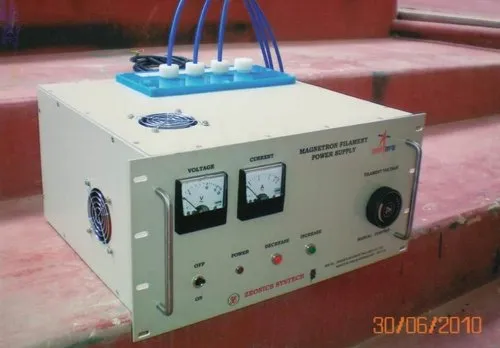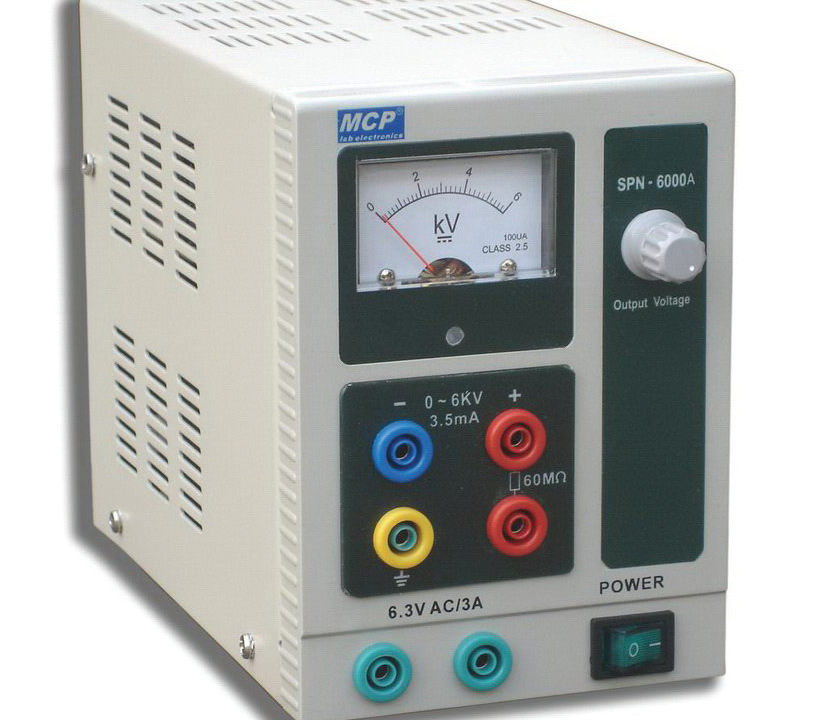
How To Make a High Voltage Power Supply
September 27, 2024
Types of Magnetrons
October 22, 2024Introduction:
Cavity resonator is a compact and high efficiency microwave (HPM) source. Such HPM sources are applied in radar, medical science, communication, agriculture, industrial heating, non-destructive testing (NDT) and food processing. For every type of structure, required output and frequency, various types of designs of magnetrons were developed. Normally, Continuous wave (CW) magnetrons are employed for industrial and commercial purposes while operating devices based on pulse magnetrons are used for linear accelerator applications. High power pulse magnetron is a microwave source used in the medical field for power microwave cancer therapy.
Vacancies can also be found in space and protected areas of the magnetron for non-destructive testing. There has been a considerable pull in the invention of magnetron and various pull and push for high efficiency, performance and operating power have permeated the industry. The highest aim of this examination is to provide a survey of high power magnetron and the components which made it possible since the introduction in the year 1869. Over the past thirty years, the pulse magnetron has undergone dramatic improvement in technology. This research provides an overview of recent developments in strapping, coupling, frequency tuning, phase-locking, narrowing bandwidths of frequencies, magnetic priming, cascading techniques in magnetrons, terahertz magnetrons and soft computing.Boosting the Future: High Voltage Magnetron Technology
High voltage magnetrons are fundamental units for technological progress as they allow manufacturing of microwave radiations. Quite easily, this special type of a vacuum tube finds application in a broad field of activities and industries including making radars and microwave ovens, among other things.
Structure and Functionality
A high voltage magnetron consists of several key components:
1.Cathode: The heart of the magnetron, this electrode emits electrons when heated.
2. Anode: The anode which surrounds the cathode comprises the resonating chambers for propagating microwaves.
3. Magnetic Field: A specially designed magnet is provided in the equipment to create a magnetic field that controls the motion of electrons in the device enabling microwave frequency to be produced.
The working of a magnetron starts with heating the cathode causing it to emit electrons. These emitted electrons move towards the anode but because a magnetic field is present, they are diverted in a circular manner. As they pass through the resonant cavities, the electrons encounter electric fields leading to the generation of microwave waves.
Applications Across Industries
High voltage magnetrons are utilized in a variety of sectors:
1. Radar Technology: This technology has its application in both military and commercial radar systems for locating and monitoring objects.
2. Microwave Cooking: In domestic devices, it is the magnetrons which generate bars of microwaves that warm and cook the food inside the device.
3. Heating: In addition, their use is also found in many processing jobs in factories using microwaves for fast and even heating of the treated material.
Advantages of Magnetrons
High voltage magnetron design has many advantages:
1. Efficiency: High voltage magnetron designs exhibit high ability of converting electric energy to microwave energy.
2. Compactness: They are small in size and portable with built in power supply.
Related posts
High Voltage Power Supply. High Voltage Probe. High Voltage Relay.




